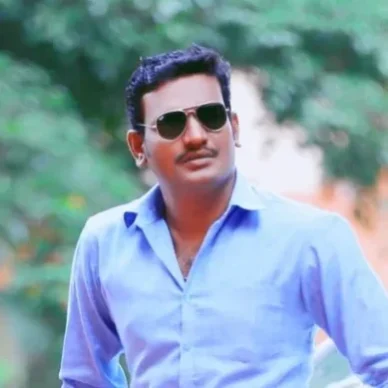Kerala’s Hindu wedding traditions and rituals are a colorful event that beautifully combines centuries-old Bharat traditions and festive celebrations that have deep meaning. It is considered a sacred link between two families, rooted in customs that stand for love, devotion, and success, and it is more than just a union of two people. This 5-minute read will take you through the essential step-by-step ceremonies involved in Hindu weddings in Kerala, whether you have ever been fascinated by their elegance or are organizing one yourself.
Pre-Hindu Wedding Traditions in Kerala
Even before the big day arrives, there are a whole lineup of fun and heartfelt rituals that get everyone in the wedding spirit. They are..
Nischayam:
for starters—it’s like the official “we’re doing this!” moment. The families get together, swap rings or gifts, and pick a lucky date for the wedding. It’s sweet, a little formal, but super exciting.

Mehendi:
which is honestly one of the coolest parts. The bride sits down, and someone with serious artistic skills covers her hands and feet with these gorgeous henna designs. It’s not just about looking pretty—though it totally does—it’s supposed to bring good vibes and seal that marriage bond. Plus, it’s a great excuse for a girls’ hangout.

Sangeet:
where things get loud and lively. Imagine this: everyone’s together-family, friends, maybe even that one uncle who thinks he can dance—singing, grooving, and just a whole load of happiness. It’s a total blast, and you can feel the love in the air.

Haldi:
which is kind of messy but in the best way. The bride and groom get slathered with this bright yellow turmeric paste—it’s supposed to make them glow (who doesn’t want that?) and keep any bad luck far away. It’s one of those traditions that feels so down-to-earth, like a big family spa day with a purpose.

The Wedding Day in Kerala: A Sacred Ceremony
- The real wedding day is filled with a lot of distinct customs, each with rooted meanings of the customs in kerala
- The var mala: that sweet garland exchange—is one of those heart-melting moments at a wedding. It is when the bride and groom, all dressed up and probably a little nervous, with those gorgeous flower garlands around each other’s necks. It is not just a tradition, it is their way of saying, “Hey, I choose you—forever.” in Kerala
- Kanya Daan: Is a gesture of great emotional and traditional significance, as the bride’s father hand over his daughter to the groom, we can feel that emotional and love the father has for his daughter.
- The four aims of life—dharma (righteousness), artha (prosperity), kama (desire), and moksha (liberation)—are symbolized by the bride and groom walking around the sacred fire four times during Mangal Pheras (Circumambulation).
- Sindoor and Mangalsutra: The groom gently brushes sindoor, that bright red vermilion, across the bride’s forehead, right where her hair split(forehead). Then, with care, he ties the mangalsutra, a sacred necklace, around her neck. It’s his way of saying, “You’re mine now,” and her way of stepping into this new chapter as his wife.
- Ashirwad (Blessings): Elders from both families gather around the newlyweds, their faces lit with smiles and few with happy tears. They rest their hands on the couple’s heads, offering heartfelt blessings for a marriage full of joy, strength, and success. It’s a warm, loving send-off into their new life together

Post-Wedding Rituals: Welcoming the Bride
The celebrations continue after the wedding ceremony:
- Vidavaangal: A poignant ritual where the bride bids farewell to her family and departs for her new home.
- Griha Pravesh: The bride’s formal welcome into her new home, where she is greeted with warmth and affection.
- Reception: A celebratory gathering for family and friends to congratulate the newlyweds.
The Significance of Rituals
Wedding rituals in different Hindu castes in Kerala may have small differences, but all are full of meaning and tradition. The sacred fire, the chanting of prayers, exchanging vows, and getting blessings from elders make the ceremony special and important. These rituals are not just formal steps—they help bring the couple closer, connect both families, and ask for blessings for a happy and successful married life.
Diversity in Traditions
It is important to note that Hindu wedding practices can differ greatly based on caste, family traditions, and regional rules. Some methods and their execution may vary, but the basic concepts remain the same, even in a destination wedding in Kerala.
Hindu wedding ceremonies are stunning and fascinating events that highlight kerala’s rich cultural history. It’s a celebration of devotion, love, and the timeless value of customs. The experience often makes an impression on everyone whether you’re an observer or a participant.


